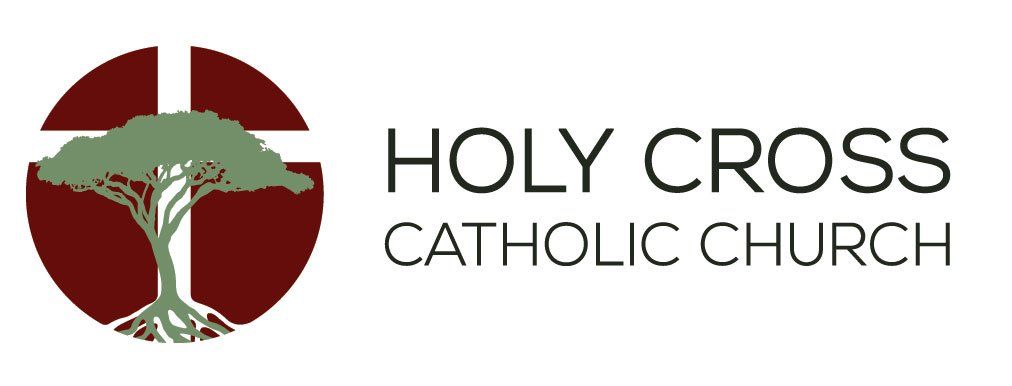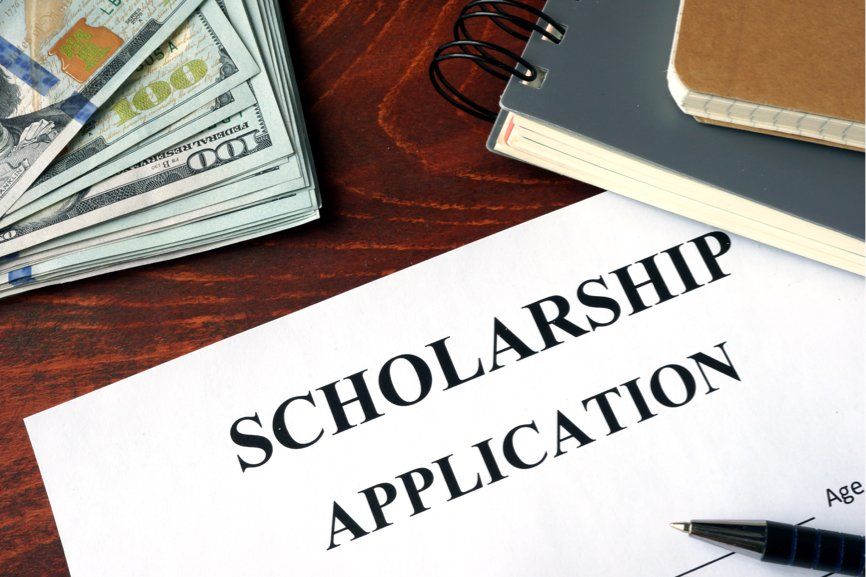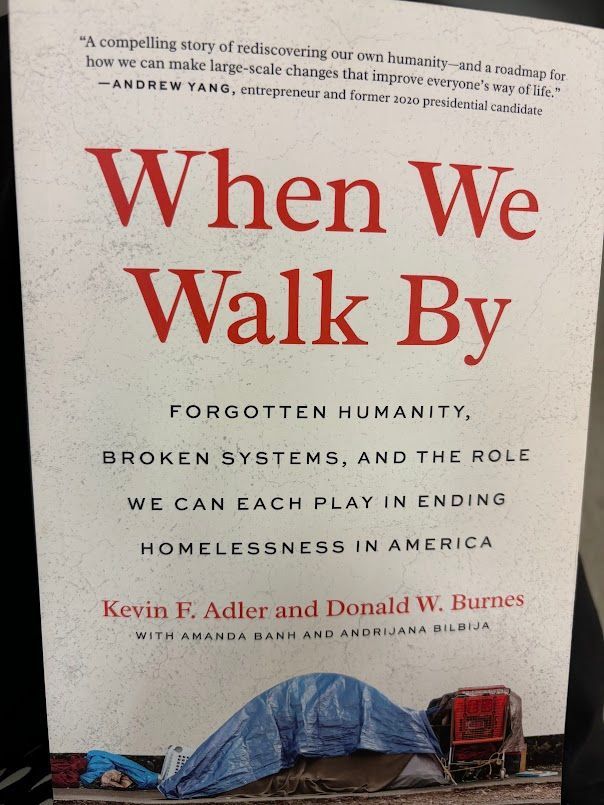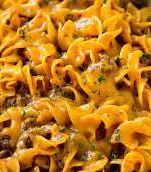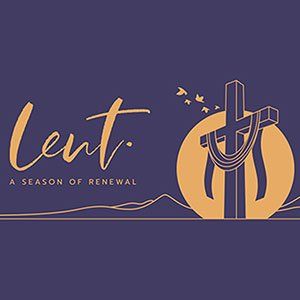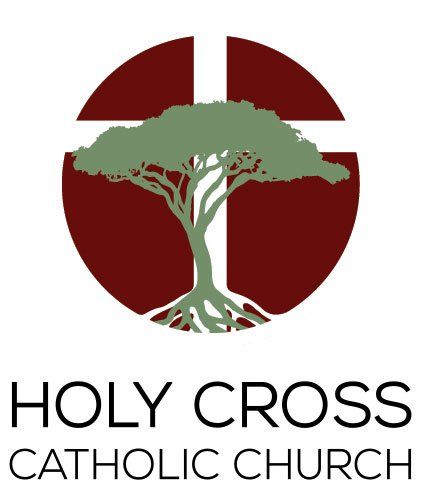Explaining THE EASTER TRIDUUM, Thursday, April 6 - Saturday, April 8
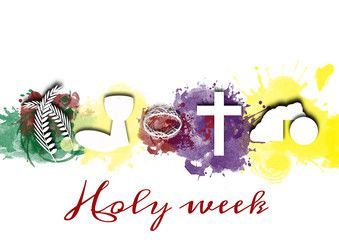
The Easter Triduum is the “mother of all feasts.” All other feasts of the year hinge on this great feast. While each Sunday stands on its own as an observance of the paschal mystery, the entire liturgical year is in forward motion toward the fundamental commemoration of our Christian faith: the redemptive action of Jesus Christ’s passion, death, and resurrection.
It is understood that the early Christians remembered Jesus’ saving event in a special way during the Jewish celebration of the Passover. Jesus, the new paschal lamb, passed from death to life. While the early Christians continued to observe Jewish Passover, it took on a new significance in light of Jesus’ saving action. There was probably a gradual break from the traditional Jewish Passover.
The focus of the feast in Rome was primarily on Christ’s resurrection and exaltation. The Council of Nicea (325) definitely set the date on the first Sunday after the first full moon in the spring. This way, Easter would not fall during the annual Jewish Passover feast.
Jesus’ pasch includes his suffering, passion, death, and — most of all — his passage from death to new life through the resurrection. The feast of Easter is the ritual proclamation and embodiment of the saving act of Jesus’ resurrection and glorification.
HOLY THURSDAY | The Mass of the Lord’s Supper begins the Triduum. It commemorates the Last Supper and is a living memorial of the institution of the eucharist and of the Lord’s Passover in which Jesus left us sacramental signs of his new covenant. In this new covenant, Jesus promised to be with us through the signs he inaugurated (especially the eucharist). Through the mandatum — the washing of feet — Jesus reminds us of the self-sacrificing nature of his love. Jesus, servant of the human race, loves us to his death. Jesus, servant of all, washes the feet of those he serves and instructs his disciples to go and do the same. We share in the servanthood of Christ. In John’s Gospel, there is no eucharist of bread and wine. John’s eucharist is the washing of feet. The implication? Go, do this in memory of me! The “Ceremonial of Bishops” asserts that the liturgy of Holy Thursday recalls the unconditional love of God and the height and the depth of that love — even unto death.
GOOD FRIDAY | The liturgy of Good Friday begins in silent prayer. There are three parts:
- The liturgy of the word, with John’s account of the passion and the general intercessions
- The veneration of the cross; and
- The Communion, using bread consecrated at the Holy Thursday liturgy. Jesus’ death will return him to his former state, to the state that was his before he was sent to this life’s sojourn by his Father.
The intercessions of Good Friday are a sign of the priestly function of God’s people. All are gathered together in the sacred assembly to offer prayers on behalf of the entire world. The veneration of the cross reminds us of the good news inherent in the cross: the instrument of torture became a sign of salvation and love for all humanity. Part two of this great three-day feast culminates with the reception of Holy Communion. The faithful then leave in silence.
THE EASTER VIGIL | The entire celebration of this Vigil takes place at night, beginning after nightfall on Holy Saturday and ending with dawn on Easter Sunday. There are four parts to the liturgy of this most holy night:
- The service of fire/light
- The liturgy of the word
- The service of baptism, and
- The liturgy of the eucharist.
The Easter Vigil calls forth the symbols that illuminate our existence and that occur in all liturgies.
- We are people of the cross.
- We are chrismated into the ecclesial community.
- We are people of the light and the water of baptism incorporates us into the paschal mystery.
- We are people of the table: We are eucharistic people.
Source: Word and worship workbook by Mary Birmingham
